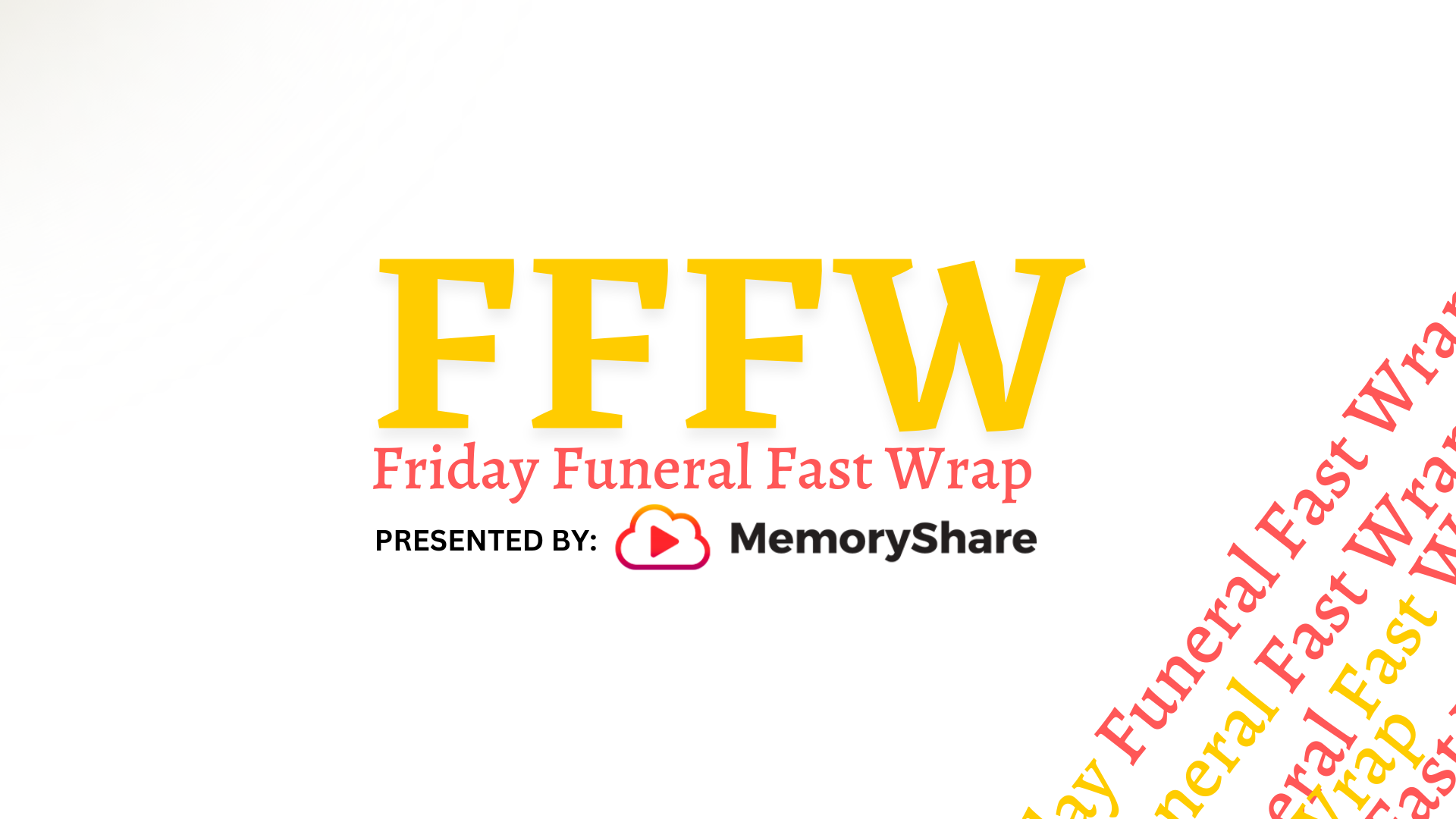Necropolis 4.0 and Tree Pods: A Design Professor Imagines the Future of Urban Deathscapes
The global population is growing, more people are dying, and despite rising cremation rates, conventional burials are still consuming land and other natural resources. What’s a densely populated city to do?
A study published this month in the Cities academic journal offers some ideas.
Terminology translations
In “Exploring the future of urban death” Canadian art and design professor Farzan Baradaran Rahimi proposes “Necropolis 4.0,” one of three “nature-human-machine,” or NMH, approaches to urban disposition. For us non-designers and those who aren’t well-versed in academic jargon, this basically means addressing the growing challenges facing large cities with solutions that are environmentally friendly, technologically savvy, and respectful to humans.
The name “necropolis” harkens back to the ancient Greek “cities of the dead” — those ancient, gigantic spaces outside the city proper where the dead were laid to rest, visited, and honored according to cultural traditions. Rahimi’s paper envisions modern necropolises (necropoli?) that combine the cultural significance of the space with sustainable, green technologies that not only reduce the environmental impact of burial, but also open the area for community gatherings.
How the model could work
Sounds like a good idea, right? And it’s something most of today’s cemeterians have already started working towards. But how, specifically, does Rahimi see this NMH necropolis working?
The “machine” part of the NMH equation, he says, will, in part, come from designated virtual and augmented reality technologies that allow people to “visit” their loved one’s burial place from afar — thus reducing the wear and tear on the actual grounds. He also introduces the idea of using artificial intelligence (AI) to “craft lifelike representations of people, preserving their legacies and offering comfort to loved ones.”
Rahimi also proposes that more cemeteries embrace green burials and disposition practices like natural organic reduction to “reduce environmental impact and enhance biodiversity.” Lastly, he believes that installing a thermal energy infrastructure (solar panels, thermal towers, etc.) in the cemetery is “crucial for creating self-sustaining ecosystems.”
Three scenarios
While none of these ideas seem revolutionary — they’re certainly not anything we haven’t explored here in Connecting Directors — Rahimi does offer some more specific proposals for the “necropolis deathscape.” Again, though, they’re not really new discoveries, but various combinations of nature, humans, and machines.
For example, he introduces the “epoch vault,” which, from Rahimi’s description, sounds an awful lot like a tree pod burial. Anyway, after the family picks out the deceased’s designated, genetically modified tree seed, they will be able to access and interact with an AI-powered “uploaded consciousness” of the person.
Another scenario, dubbed “nexus hub,” also uses the tree pods, but places them throughout a city — in rooftop gardens, for example — rather than in a cemetery. Rahimi imagines a complementary underground facility where loved ones can recline in “hubs” to immerse themselves in the deceased’s memories and interact with an AI holograph.
The last model is the aforementioned Necropolis 4.0, which again utilized tree pods and VR/AI, but also includes the opportunity for loved ones to commemorate their loved one with a plaque on the energy-producing thermal tower and choose a specific memory to explore with the deceased while reclining in the underground hub. It’s this iteration that Rahimi’s study found the most appealing.
Conclusions
Like every other professional journal article, “Exploring the future of urban death” is definitely written for academics; more than three of its 16 pages are devoted to the hundreds of references cited in the paper. While it’s always interesting to view deathcare through the eyes of those who aren’t involved in the industry, maybe urban designers don’t have the most realistic ideas for the future of cemeteries. While Rahimi’s paper is clearly labeled as using a “speculative” approach to design, this audience knows full well that skyscraper rooftop tree pods and underground AI hubs probably aren’t going to be a reality anytime soon — if ever.




